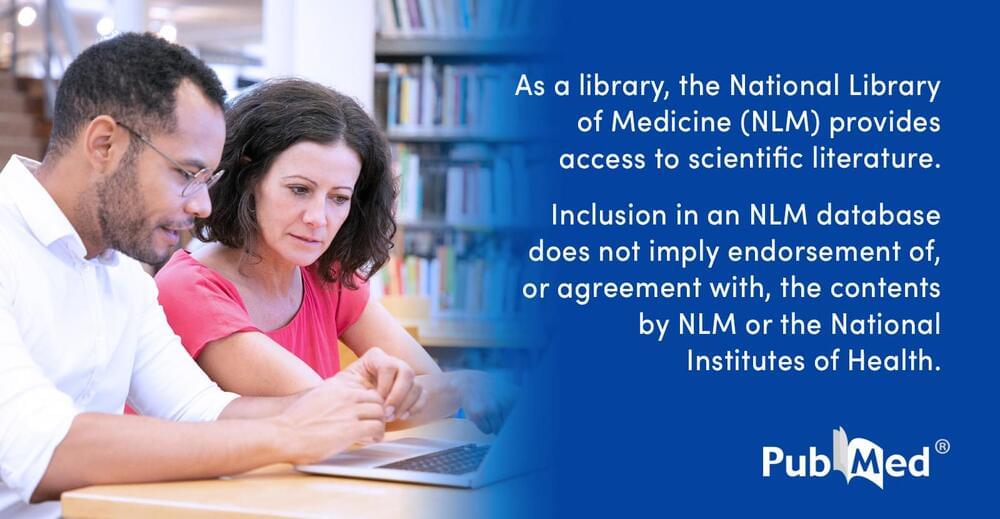Jun 26, 2024
Biodegradable Oxide Neuromorphic Transistors for Neuromorphic Computing and Anxiety Disorder Emulation
Posted by Dan Breeden in categories: health, robotics/AI, sustainability
Brain-inspired neuromorphic computing and portable intelligent electronic products have received increasing attention. In the present work, nanocellulose-gated indium tin oxide neuromorphic transistors are fabricated. The device exhibits good electrical performance. Short-term synaptic plasticities were mimicked, including excitatory postsynaptic current, paired-pulse facilitation, and dynamic high-pass synaptic filtering. Interestingly, an effective linear synaptic weight updating strategy was adopted, resulting in an excellent recognition accuracy of ∼92.93% for the Modified National Institute of Standard and Technology database adopting a two-layer multilayer perceptron neural network. Moreover, with unique interfacial protonic coupling, anxiety disorder behavior was conceptually emulated, exhibiting “neurosensitization”, “primary and secondary fear”, and “fear-adrenaline secretion-exacerbated fear”. Finally, the neuromorphic transistors could be dissolved in water, demonstrating potential in “green” electronics. These findings indicate that the proposed oxide neuromorphic transistors would have potential as implantable chips for nerve health diagnosis, neural prostheses, and brain-machine interfaces.
Keywords: anxiety disorders; neuromorphic computing; oxide neuromorphic transistors; proton coupling; synaptic plasticity.

















